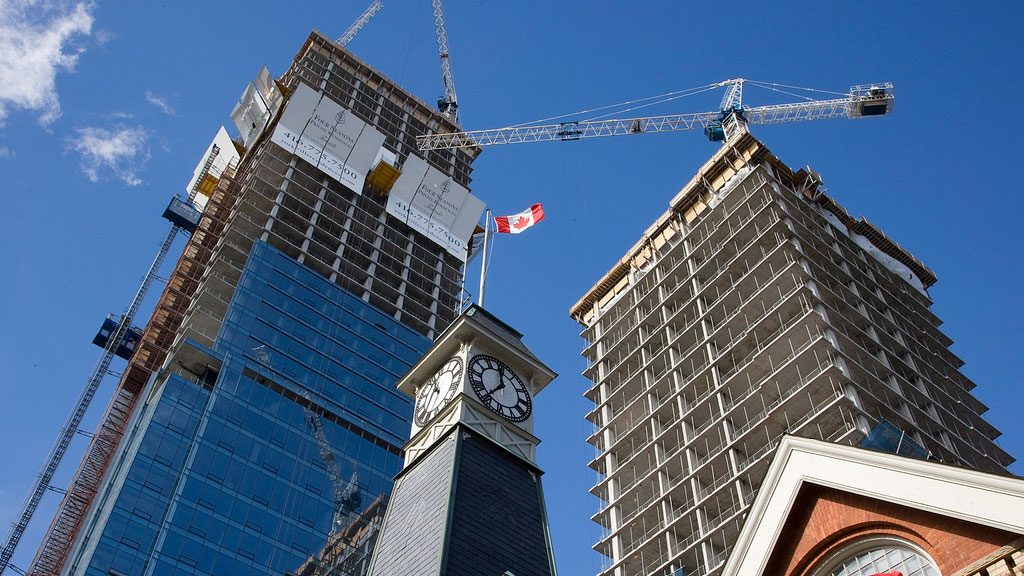Facade and structural assessments should be conducted by engineering professionals every few years on buildings in Ontario, regardless of age, to identify problems or potential issues that could lead to severe damage or failure.
“If there is a hazard, it is important to identify early,” Daniel Aleksov, principal and co-founder of Leading Edge Building Engineers, told an audience on Why Building Envelope Assessments Matter at the Buildings Show recently in Toronto.
The structural engineer, who specializes in the restoration and renewal of buildings, said he supports an initiative proposed by the Ontario Building Envelope Council (OBEC) for legislation in Ontario for mandatory building envelope and structural assessments at least every five years.
Those assessments could serve as a blueprint for repairs and timelines for the work to be completed.
Evaluating potential safety hazards must be a priority, he said, adding that short-term (one year) and long-term (five to 10 years) repairs should be identified in an engineer’s report.

“It would serve as a guide for the owners and if they are not addressing the issues…then the city or the authority with jurisdiction could fine those owners. If negligence is found they could potentially be prosecuted.”
The OBEC proposal isn’t novel. Quebec has passed legislation and New York City and a dozen or so large cities in the U.S. have similar mandatory “facade ordinances,” he said.
Along with an engineering assessment, Aleksov told the seminar the consultant should make recommendations on “a specific timeline” for the execution of the repairs.
While Aleksov pointed to the most recent headline-grabbing structural catastrophe — the collapse of the 12-storey condo in Surfside, Fla. — as an example of why structural reports need to be taken seriously, he also noted other tragic examples, including the Algo Centre Mall parking deck roof collapse in Elliot Lake that killed two people and injured 20 in 2012.
He said the first step of an engineering assessment of a building is often “a visual,” which might be followed by non-destructive tests for water or acoustical testing of the concrete. Further analysis might include destructive tests such as core sampling.
In the case of a reinforced concrete garage below grade in the Greater Toronto Area, Aleksov’s firm recently identified that at least 50 per cent of the roof slab needed replacement. While some previous repairs had been done by the owner, Leading Edge conducted destructive testing of concrete that did not show any obvious signs of deterioration.
The core sampling was eye-opening.
“What we learned is that assuming we replaced 50 per cent of the (damaged) concrete and then re-waterproofed the entire area, in the next five to 15 years we’d still have corroded rebar again and concrete deterioration.”
Instead Leading Edge recommended the entire roof slab be replaced. The building owner faces a big repair tab now to address issues that should have been addressed from day one, Aleksov told the seminar audience.
While he said he’s not surprised by the building’s structural deficiencies, had the building been inspected regularly, the problem would not have compounded.
The seminar was supported by the OBEC.











Recent Comments